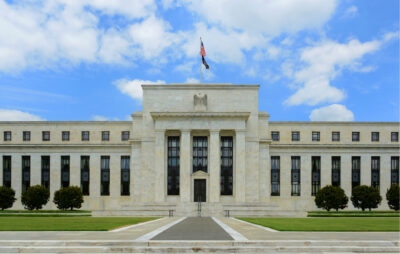Lenders of last resort
Scotland’s vote for independence resulted in a negative. There won’t be, then, further discussions about what Scotland should do with its monetary institutions. Still, there is one more issue that I would like to discuss, because it transcends the particular case of Scotland, had independence been the result of the vote.
There is a widespread belief that a sound banking system requires a central bank to act as a lender of last resort. In a nutshell, the argument goes as follows: there are inherent potential instabilities in the banking system, to avoid a serious crisis and to interrupt means of payment, a central bank that is “external” to market forces should behave as a lender of last resort. There are two problems with this line of reasoning. First, it takes as given that the banking system is inherently unstable. This is not as obvious as it is sometimes believed. Second, to assume that to have a lender of “last resort” a central bank is needed.
Let us say that Scotland voted for independence and unilaterally decided to keep using the British Pound (note that an unilateral decision gives the country more flexibility to change the currency the British Pound proved to be a bad choice than a bilateral agreement). In such case, in principle, Scottish banks won’t be able to turn to the Bank of England as a lender of last resort. But this doesn’t mean that the banks fall short on lenders to go to. In fact, they have the financial markets of the whole world to find lenders willing to extend them credit.
It is not, then, that banks don’t have access to lenders absent a central bank. The claim is whether the “lender of last resort” should extend credit to banks under any circumstance or only to banks that are illiquid but are solvent. If the central bank, as a lender of last resort, is going to mimic the market, what’s the point of having one? And if the central bank is not going to behave like the market, namely, easily extend credit to insolvent banks, then it does not only add moral hazard problems to the banking market, it also fails to add efficiency to the market. A financial market with insolvent banks that are able to subsist thanks to the lender of last resort is less efficient and stable than a market where insolvent banks need to become solvent or discontinue business (like in any other market.)
The crisis of 1890 in free banking Australia is telling. While insolvent banks where having problems and loosing reserves, more efficient banks where increasing their reserves rather than losing as one would expect from the “inherent unstable” argument. The market share was shifting from inefficient to efficient banks. The banking system wasn’t unstable. It was, in fact, government interference to “control” the crisis what made things worst. A mandatory banking holiday blurred the difference between solvent and insolvent banks; the market did not have a clear signal of what should and should not be trusted. Also, it allowed bankrupted banks to re-open business without having to pay their old debts. Those banks that managed their reserves and deposits efficient were now in a worst situation than the banks that got a free pass to ignore their financial obligations. Efficient banks started to loose reserves in favor of formerly inefficient banks now free of their debts.
The need of a lender of last resort is not a strong argument to have a central bank. It might, actually, be an argument against having a central bank.










